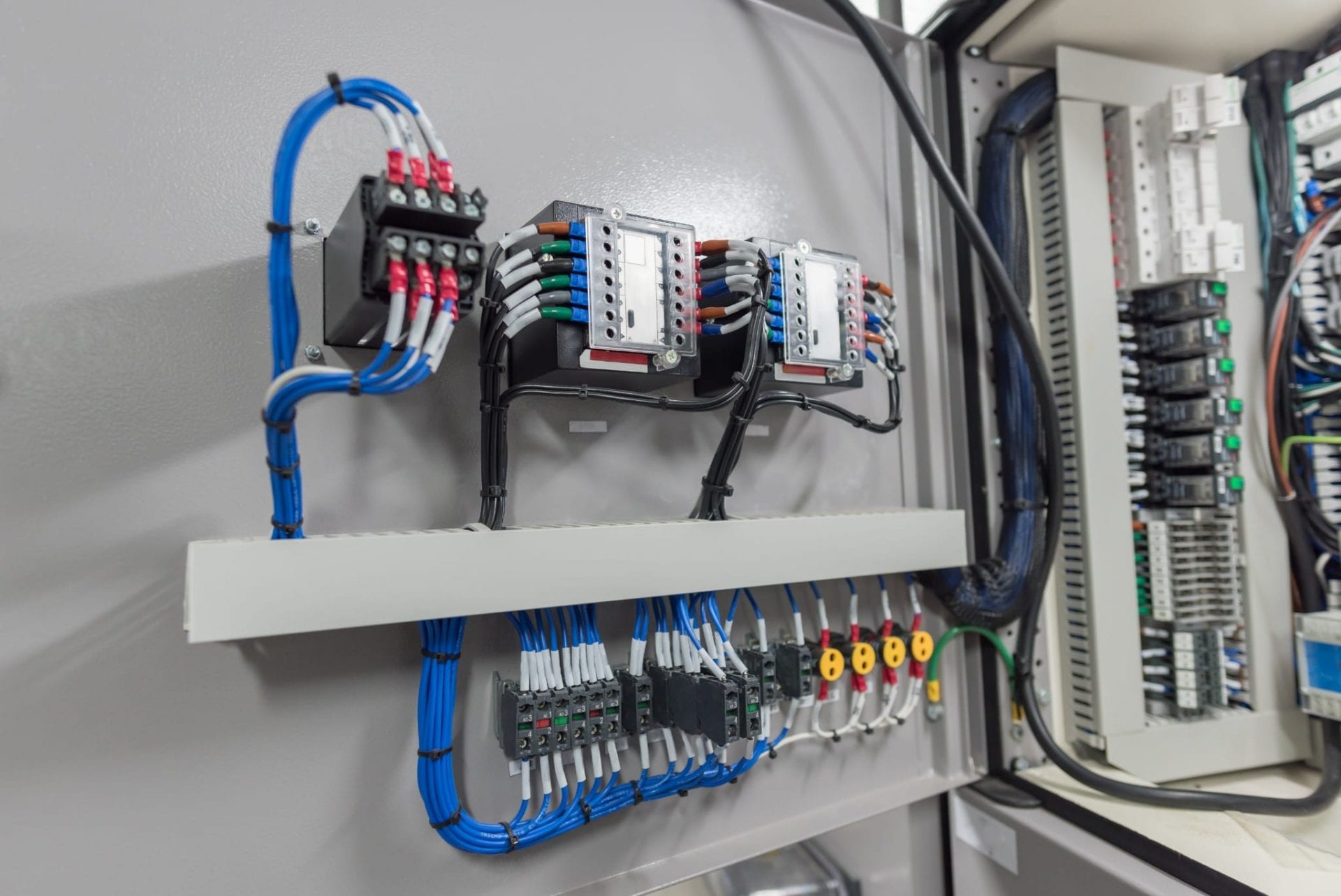Electrical Wiring Demystified: A Novice's Guide to Home Wiring

The electrical wiring is an essential component of any home and understanding it is important for every homeowner. It is not just important to ensure the smooth functioning of your home but it’s also crucial for your security. In this post, we’ll go over the fundamentals of electrical wiring and the importance of safety as well as the benefits of hiring an authorized residential electrician for all your electrical wiring requirements.
Understanding the fundamentals of electrical wiring
Electrical wiring is the system of electrical conductors which run throughout your home, providing electricity to your appliances or devices as well as lighting fixtures. It works by forming electrical circuits that connect your electrical power source with your gadgets. Electrical circuits are made up of wires, switches, and other electrical components that work together to create a safe and efficient electrical system. There are various kinds of electrical wiring. These include copper, aluminum, and different types of wire insulation, like PVC or rubber.
Preparation and planning for electrical Wiring
Before installing the new wiring for electrical use, it is important to consider a variety of factors to consider, including the kind of wiring you require, the power capacity for your current electrical systems, and your power needs. It is also important to be aware of the electrical wiring regulations and permits required in your locality. In order to prepare the electrical wires, you must create an electrical plan and evaluate your electrical needs. This will make sure that the electrical wiring is secure efficient, reliable, and meets the power requirements of your home.
Materials and tools required to conduct electrical wiring
When installing new electrical wiring, it is important to have the right equipment and materials on hand. The most important tools are wire cutters, strippers, pliers, as well as the voltage tester. Other materials needed to conduct electrical wiring are electrical tape, wire nuts, conduit, and electrical boxes. It’s also useful to be equipped with a wiring diagram to guide you through the process of installing.
Step-by-Step Guide for Installation of Electrical Wiring
Installing electrical wiring can be an intimidating process, but with the right tools and knowledge it can be accomplished safely and efficiently. Here’s a step-by step guide to installing new electrical wiring in your home:
Shut off the power source to the area where you will be working.
Plan the wiring layout and mark where the wiring will be installed.
Install conduit and electrical boxes where necessary.
Cut and strip the wires until the correct length.
Connect the wires to the fixtures or devices you’re wiring.
Connect the wires with the wire nuts or electrical tape and conduit straps.
Test the wiring to ensure it is functioning properly.
In the process of installing it is essential to follow the best wiring installation practices and tips. Be aware of common mistakes to avoid when installing electrical wiring for example, wiring circuits that are too large, using damaged wires, and using the incorrect kind of wire to accomplish the task.
Troubleshooting Electrical Wiring Issues
Even with careful design as well as installation issues can arise. Common problems include wiring damages, circuit overloads as well as electrical shorts. To resolve these issues it is crucial to be aware of the most common electrical wiring issues and be aware of how to efficiently and safely address the issue. It is also essential to adhere to electrical safety guidelines in the event of a problem with electrical wiring, such as turning off the power and wearing appropriate safety gear.
Conclusion
In conclusion, understanding the electrical wiring inside your home is essential for your safety and for the proper functioning of your electrical system. It is crucial to engage a licensed electrician to ensure that your wiring is set up and maintained in a proper manner. At Local Electrician Blacktown, we provide a range of electrical services, including electrical wiring installation and repair. Contact Local Electrician Blacktown at 1300 941 876 for all of your electrical wiring requirements.
Electrical Wiring FAQ
Here are some frequently asked questions regarding electrical wiring, as well as other safety guidelines and the best methods for electrical wiring repair and installation:
What type of wire should I use for my electrical wiring?
The type of wire you choose to use for your electrical wiring will depend on the specific requirements of your home and the local building codes. It is important to use the appropriate gauge of wire along with the insulation type, as well as wire material to ensure security and effectiveness that your electric system is running at its best.
Can I install my own electrical wiring?
Although it is possible to create your own electrical wiring, it’s important to have the right knowledge and experience to install it safely and efficiently. In most cases, it is recommended to employ an experienced electrician to ensure that the wiring is properly installed and maintained correctly.
How often should I be having my electrical wiring checked?
It is suggested to inspect your electrical wiring at least every 10 years, or when you spot indications of electrical issues like frequent trips to the circuit breaker or electric shocks.
What do I do if discover electrical wiring issues in my house?
If you notice any electrical wiring problems in your home, like flickering lights or outlets that won’t work, it is important to take action immediately. Turn off the power to the affected area and contact an accredited electrician to evaluate and repair the issue.
If you follow these guidelines and best methods, you can be sure that your electrical wiring is secure and operating properly. Make sure you are taking safety into consideration and get a certified electrician when needed. Call Local Electrician Blacktown at 1300 941 876 for all your electrical wiring requirements.
